Protect the paws.
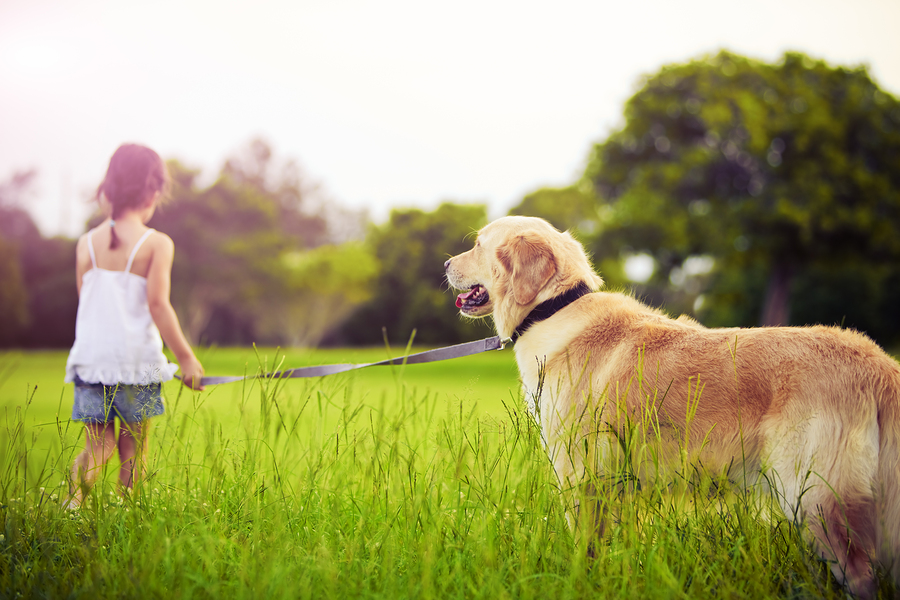
Dog’s paws are padded for their comfort and safety, but pads do not act as shoes. If you’re planning on taking your pup out for a summer stroll, slip your own shoes off and test the sidewalk. If it’s too hot for your feet, it’s too hot for your dog’s paws. If you can’t go for a walk earlier or later when the temperatures are cooler, stick to walks in the grass and forego walking on sidewalks.
Keep their water bowl full.
Provide a cooling station.
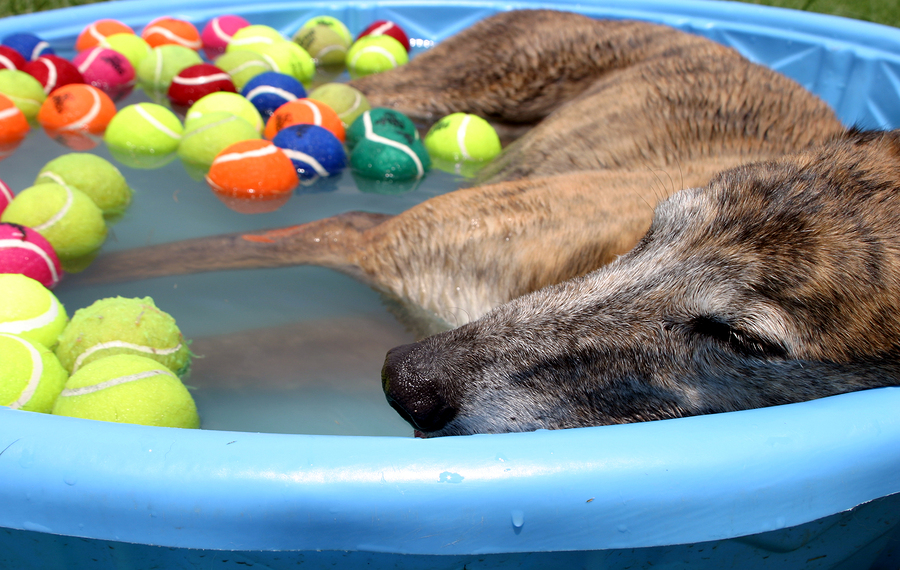
If you have a dog that stays outdoors, provide him with a wading pool, sprinkler system, fan, or an ice lick. Make sure your yard has plenty of shade as well. A wading pool is fairly inexpensive and gives dogs a chance to cool down during the hot afternoon. Most dogs appreciate a good soaking pool to help them beat the heat. Don’t forget to provide cool water throughout the day as well.
Beware of hot vehicles.
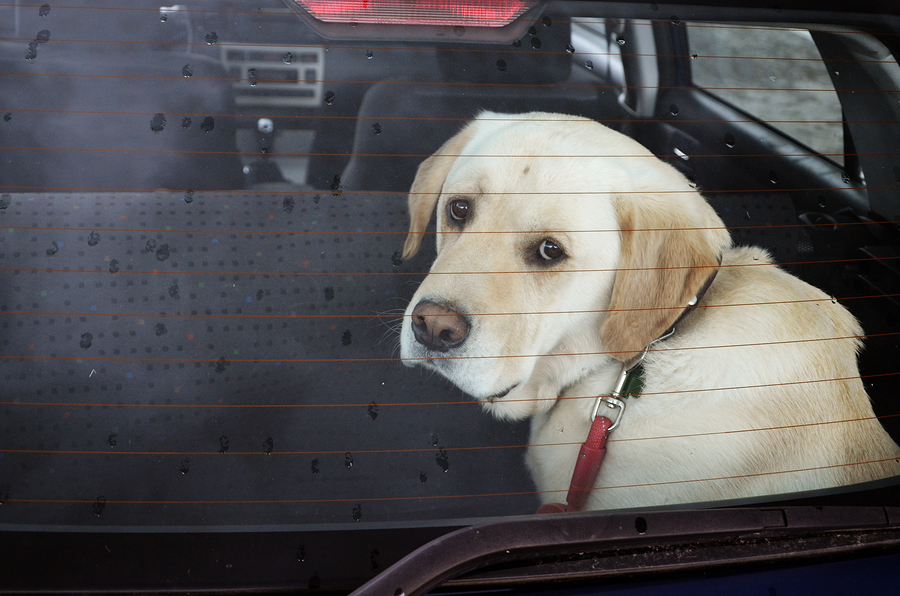
Dogs should never be left in an unattended vehicle. Even if it is only 60 degrees Fahrenheit outside, the inside of your vehicle can reach temperatures over 100 degrees Fahrenheit. Too many pets have died in hot cars, and leaving the windows cracked does nothing to help. It doesn’t take more than 15 minutes for your car to be too hot for your pup, so do your pet a favor, and leave him at home where it’s cool.
Know the warning signs.

Heatstroke can and will happen to pets if they get too hot. Watch out for excessive panting, lethargy, rapid heartbeat, heavy breathing, drooling, loss of stability or balance, and red tongue or gums. If your pet is experiencing any of these, you need to either get him to the vet as quickly as possible, or begin cooling him off by hosing him down with water, applying cold packs to his underbelly and groin, feeding him ice chips, and applying rubbing alcohol to his paw pads.
Shield sensitive skin.
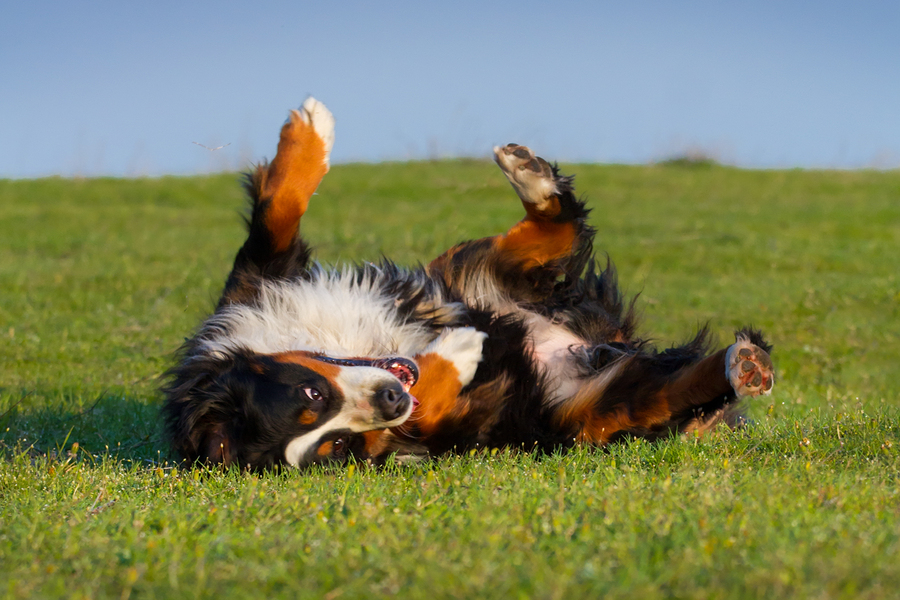
Dogs and cats both can both develop skin cancer just like humans. Skin cancer is actually one of the most common cancers in dogs and the most common in cats. Your pet’s fur provides some protection, but you should apply pet sunscreen to areas with less coverage. Dog bellies, cat ears, and around eyes all need some extra protection. Apply the sunscreen every 3-4 hours that your pet is in the sun. Also make sure to use sunscreen specially formulated for pets.
Use a lifejacket.
Prevent swimmer's ear.
Don't share the leftovers.
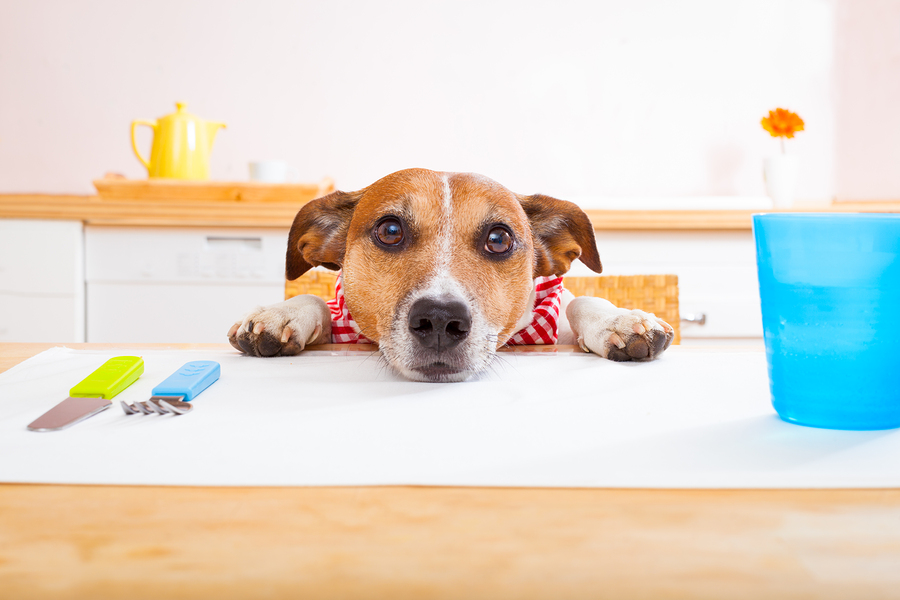
Those puppy dogs eyes might be begging you to share, but the fatty meats from your cookout can cause your dog to have pancreatitis. This results in severe abdominal pain and can lead to death if not treated quickly. You also need to keep corn on the cob and peach pits out of your pet’s reach because they can become lodged in the intestines.
Don't give parasites a chance.
Adjust their exercise routine.
Comb your pet often.
Protect against the sun.
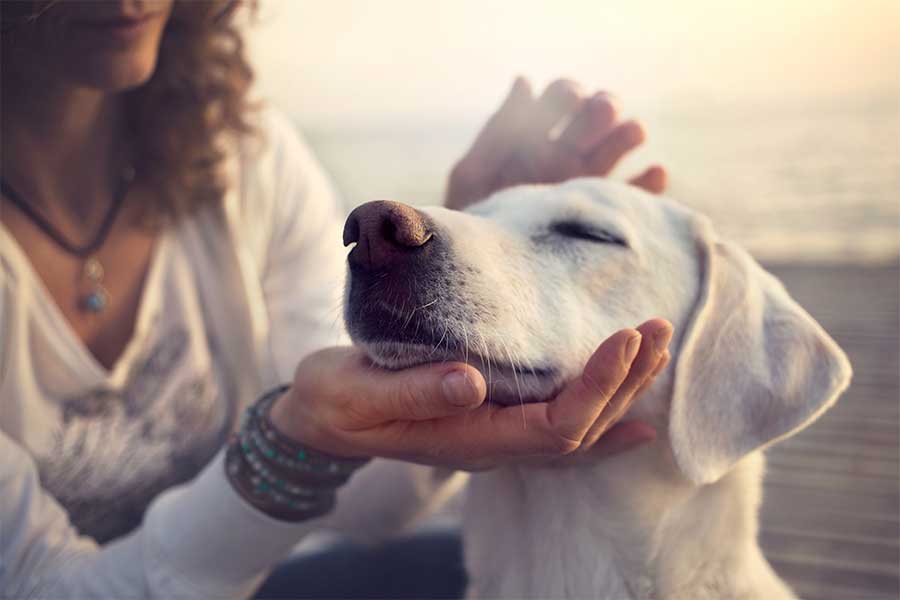
While they may be a bit pricey, there are special sunscreens that aren’t toxic for dogs and other pets. This probably isn’t necessary for an indoor pet, but an outdoor animal is just as susceptible to sunburn as you would be if you were outside all day. Safe your pet the pain and invest in their health.
Keep their water bowl clean.
Keep Benadryl on hand.
Check their ears often.
Clean their toys and bed.
Let them keep their coat.
Keep them away from dangerous plants.
Choose swimming pools over other water.
 Author
Alot Living Team
Last Updated: July 13, 2017
Author
Alot Living Team
Last Updated: July 13, 2017












